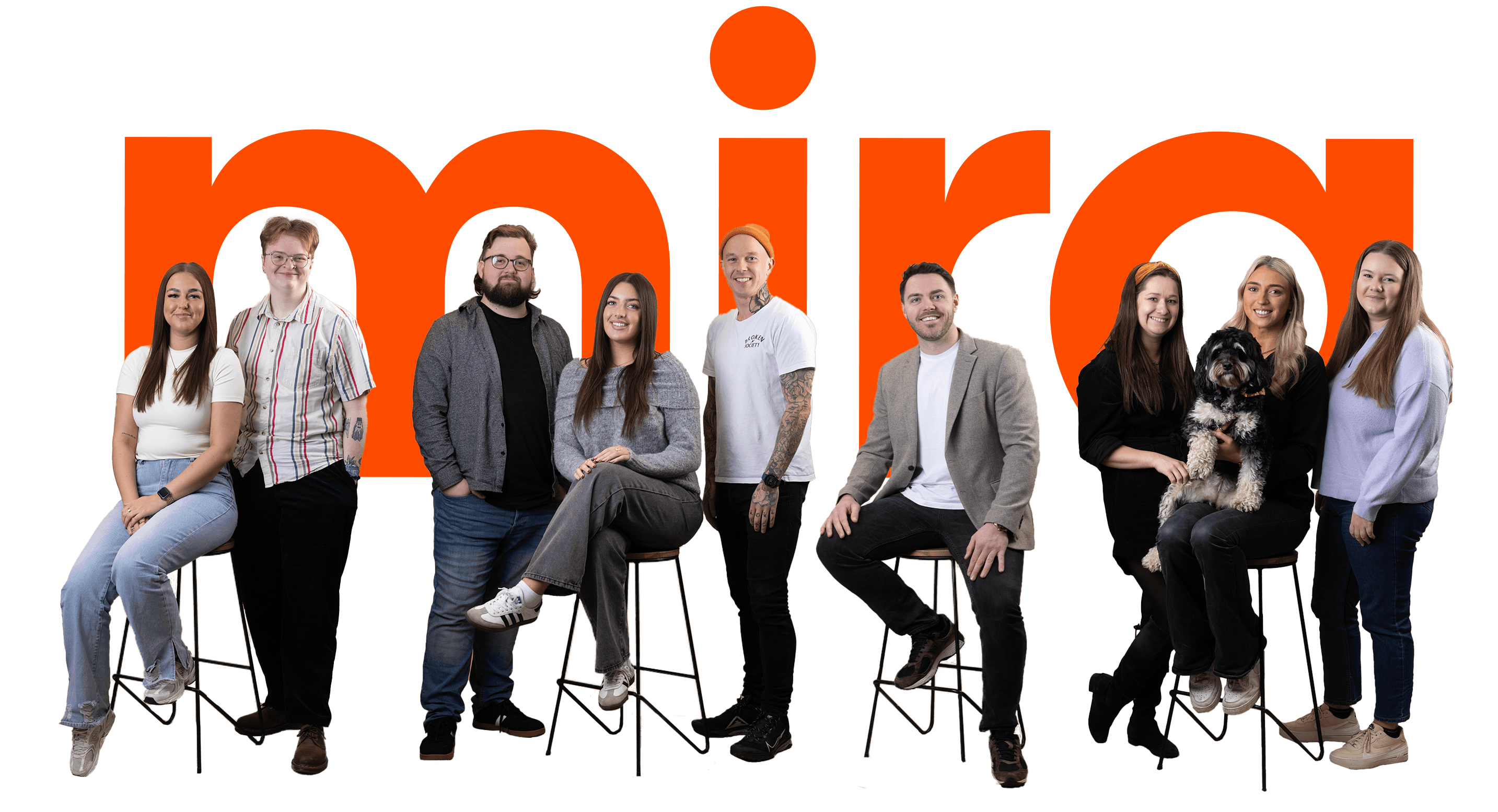
For the past couple of years, Meta has been rolling out a barrage of new AI-driven features to assist with Facebook ad optimisation. Grouped under the Advantage suite, these tools cover nearly every aspect of marketing, from content creation, copywriting, scheduling, audience testing, link history and much more.
It can be hard knowing where to start when integrating these new features into your existing workflows. That’s why Meta has put together a guide for maximising ad performance using the ‘Performance 5’.
We’re going to break down this new guidance and give you our top insights 👇
Account simplification
An issue we commonly encounter when reviewing existing ad accounts is an overcomplicated account structure. Dozens of ad sets with overlapping audiences, overly niche targeting, or multiple campaigns when one will do.
One of the main problems that arises from this is a slow exit from the learning phase. The longer your ad sets spend in the learning phase, the less stable their performance will be, leading to inconsistent results and fewer conversions.
The fastest recommended structure for exiting the Meta learning phase is to combine your audience segments into a single campaign and ad set. There may be certain instances when it is beneficial to split your audience across different ad sets but try to avoid having overlap between your detailed targeting.
Something else Meta recommends is grouping significant edits together to avoid sending the ad set back into the learning phase, which can destabilise the ad optimisation process.
Automation
At the heart of many Meta Advantage+ tools is taking time-consuming tasks off your plate - or at least minimising the time they take. After all, you only have so much time in your day to make Facebook ad optimisations. Using ad automation can free up some of the vital time you need to make bigger-picture decisions, such as creative direction and messaging.
If you’re an e-commerce brand, using end-to-end ad automation tools like Advantage+ Shopping Campaigns can be very effective when optimising ads. This campaign style automatically finds relevant audiences and can optimise for a higher volume of ads than within regular ad sets.
Need more granular control of your campaigns? Implementing single-step ad automation can improve specific aspects of your ad delivery, such as Advantage+ catalog ads to dynamically display relevant products, Advantage+ audience to find audiences using detailed targeting suggestions, and Advantage+ placements to optimise ad placements across Meta platforms.
Creative diversification
Using a variety of ad creative with differing visuals and messaging is crucial for capturing the interest of the widest possible audience. As Meta explains, people buy the same product for different reasons.
Emotion-led ad creative
What emotion is your ad encouraging the audience to feel? If your ads speak to positive outcomes of having your product, you could vary this by focusing on FOMO when someone doesn’t have your product.
Motivation-led ad creative
What does your audience look for in a product? Value, uniqueness, comfort, utility and sustainability are just some of the things prospective customers may be looking for in a product.
Reels
Tap into the popularity of short-form video content by using Meta’s native Reels format. For some top tips, check out the Meta Reels ads best practices in 2024.
Partnership ads
These often go hand-in-hand with the use of Reels by working with influencers who speak your audience’s language, bringing an extra layer of credibility and authenticity.
Data Quality
In order to focus your time and money into the right marketing channels, you need to know how your audience is converting. Gathering high-quality data will give you the best opportunities to automate and optimise ads across Meta platforms and beyond, integrating with partners like Shopify, WooCommerace and Google Tag Manager.
Meta recommends implementing the Conversions API and Meta Pixel to ensure you are receiving the freshest, most accurate data when events occur on your site.
Results validation
While marketing isn’t an exact science, running experiments can be invaluable for revealing the impact of your marketing strategy. Running A/B tests, measuring conversion lift results, and using marketing mix modelling (MMM) can all help you understand where you’re getting value from your marketing efforts.
A/B testing
Comparing two different strategies by looking at a single variable (e.g. campaign structure, ad creative, audience, etc.) can provide you with data-backed insights to improve Meta performance, run cost-efficient campaigns, and optimise ad results in the long run.
Conversion Lift
Measure the incremental impact of your ads by using lift results to compare those who do see your ads with those who don’t. A lift study provides objective insights into the effects of specific ad campaigns when isolated from other marketing channels, allowing you to make informed decisions for budget allocation, creative optimisations, and overall marketing strategy.
Marketing mix modelling (MMM)
Having a holistic view of your marketing mix can help inform both long and short-term business decisions. Meta provides tools for integrating platform data into your MMM to improve the accuracy and relevance of your analysis.
-
Want to know more about achieving ad optimisation in your paid social marketing? Get in touch with our Newcastle digital marketing agency today, we’d love to chat!
